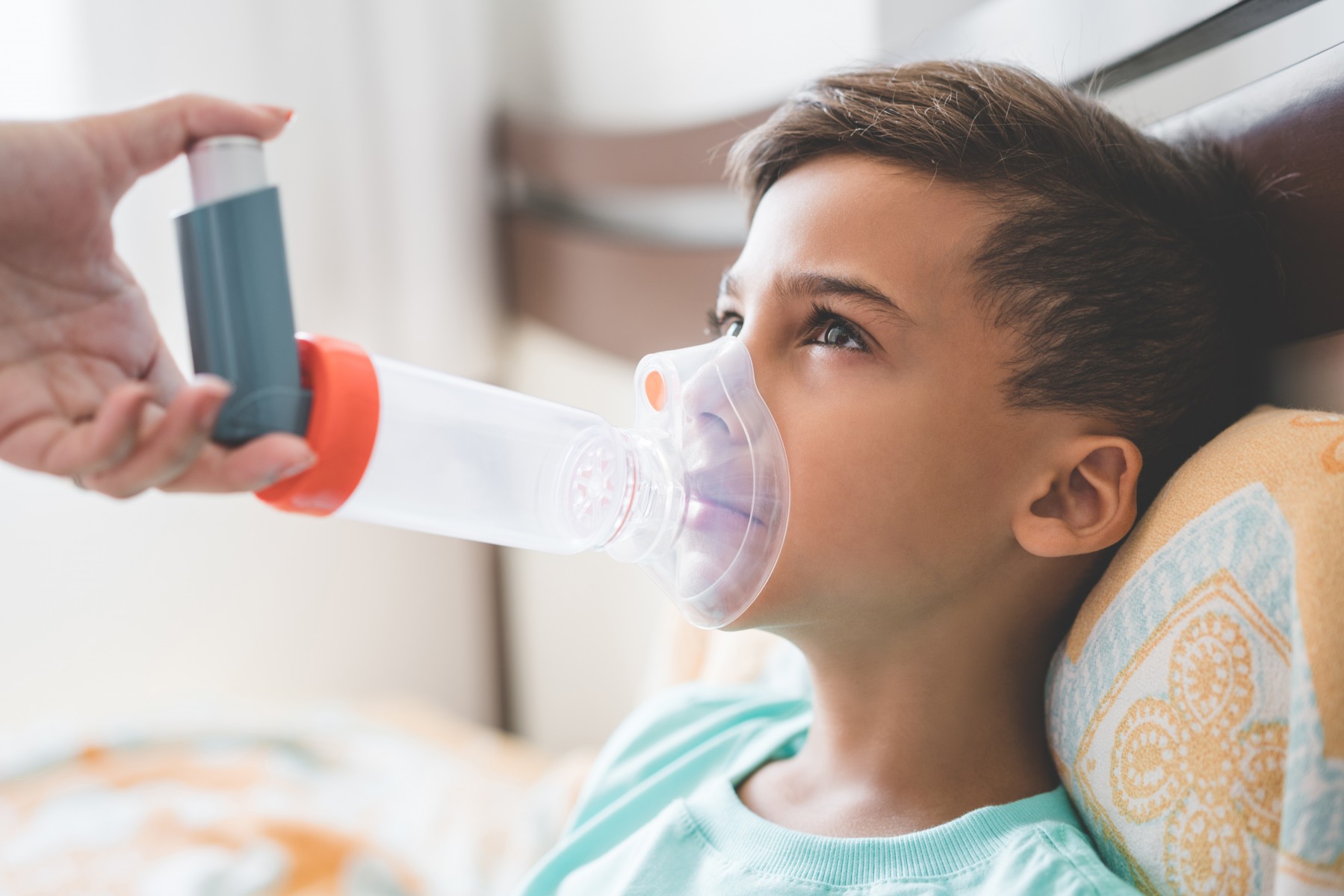Bruising in Children
First of all, bruising usually occurs when the small blood vessels under the skin are damaged. It can happen due to impacts, bumps, vitamin deficiencies (vitamin C and K), blood clotting disorders, side effects of certain medications, or underlying serious diseases (leukemia, liver diseases). They usually heal on their own, but recurrent bruises, unexplained bruises, or large and deep bruises require a medical evaluation.
So which bruises are risky? Because especially young children often come home with bruises from play.
- Repeated bruises or bruises of different color tones on the body at the same time are risky.
- All bruises in areas that are unlikely to be exposed to simple trauma are risky. Areas commonly exposed to simple trauma are usually the front of the legs, the spine area on the back, and the forearm.
- Bruises with unknown or forgotten causes are risky.
- Sudden and large bruises accompanied by swelling and warmth are risky.
- If bruising is accompanied by gum or nose bleeding, it is risky.
- Bruises that form easily and are accompanied by fatigue or weakness are risky.
Cold compresses can largely limit simple bruising.
In such cases, please consult your physician. Also, any bruise that causes parental concern is important — let’s not forget that.
Childhood Asthma
Asthma is a condition described as the swelling of the airway walls in the lungs due to various factors, increased secretions within them, and therefore the narrowing of these airways. Asthma often occurs when environmental factors are added to a genetic predisposition.
In childhood, it is an expected condition, especially in children with an allergic tendency. The “allergic march” refers to the progression of allergic symptoms that continue through different stages of life. For example, in newborns and early infancy, it may present as atopic dermatitis, in later years as allergic rhinitis, and eventually as asthma or wheezing attacks.
Our lungs have a self-cleaning mechanism for their airways. In this mechanism, cleaning occurs within the bronchi and bronchioles through tiny cilia and secretions. In asthma, these secretions increase in quantity and become thick due to inflammatory reactions. The airway walls thicken, resulting in narrowed airways.
Most common symptoms:
- Shortness of breath, feeling of air hunger
- Whistling sound or wheezing while breathing
- Rapid breathing even at rest
- Chest retractions between the ribs during breathing
- Less energy during play
- Coughing fits triggered by exertion
- Weakness or fatigue
- Chest pain
Asthma in children can usually be diagnosed based on the child’s medical history, symptoms, and physical examination.
When taking the medical history, the physician will ask about possible breathing problems, family history of asthma, allergies, skin diseases such as eczema, or other lung conditions.
In addition to examination and history, lung function tests and allergy tests may also be performed.
Depending on your child’s medical history and the severity of the asthma, your physician will develop a treatment plan.
The treatment plan explains when and how your child should use asthma medications, what to do when asthma worsens, when your child may need emergency care, and what actions to take in such situations.

